Imagine if our universe wasn’t the only one out there—this is the concept of the multiverse. Scientists think there could be many universes, each with its own laws of physics. To find proof of these universes, they study the cosmic microwave background (CMB), which is the afterglow of the Big Bang.
The CMB is like a cosmic snapshot from 13.8 billion years ago. Scientists hope to spot “clues” in this ancient light that could suggest our universe collided with others in the past.
Early Findings
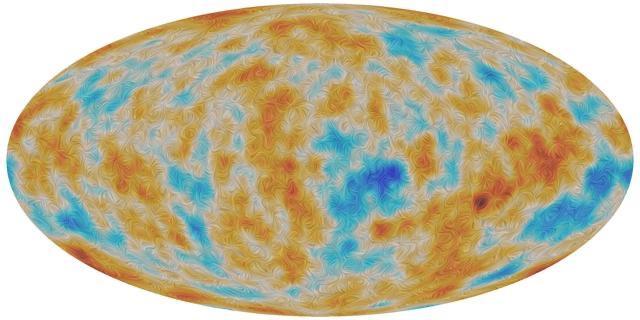
In 2011, scientists found unusual spots in the CMB that might indicate other universes. But these initial findings weren’t enough to confirm the multiverse. Researchers are still analyzing new data for more hints.
Today, scientists use advanced tools like satellites and powerful telescopes to look deeper into the CMB and other cosmic phenomenon. This technology helps them search for signs of other universes with more accuracy.
The Multiverse Theory
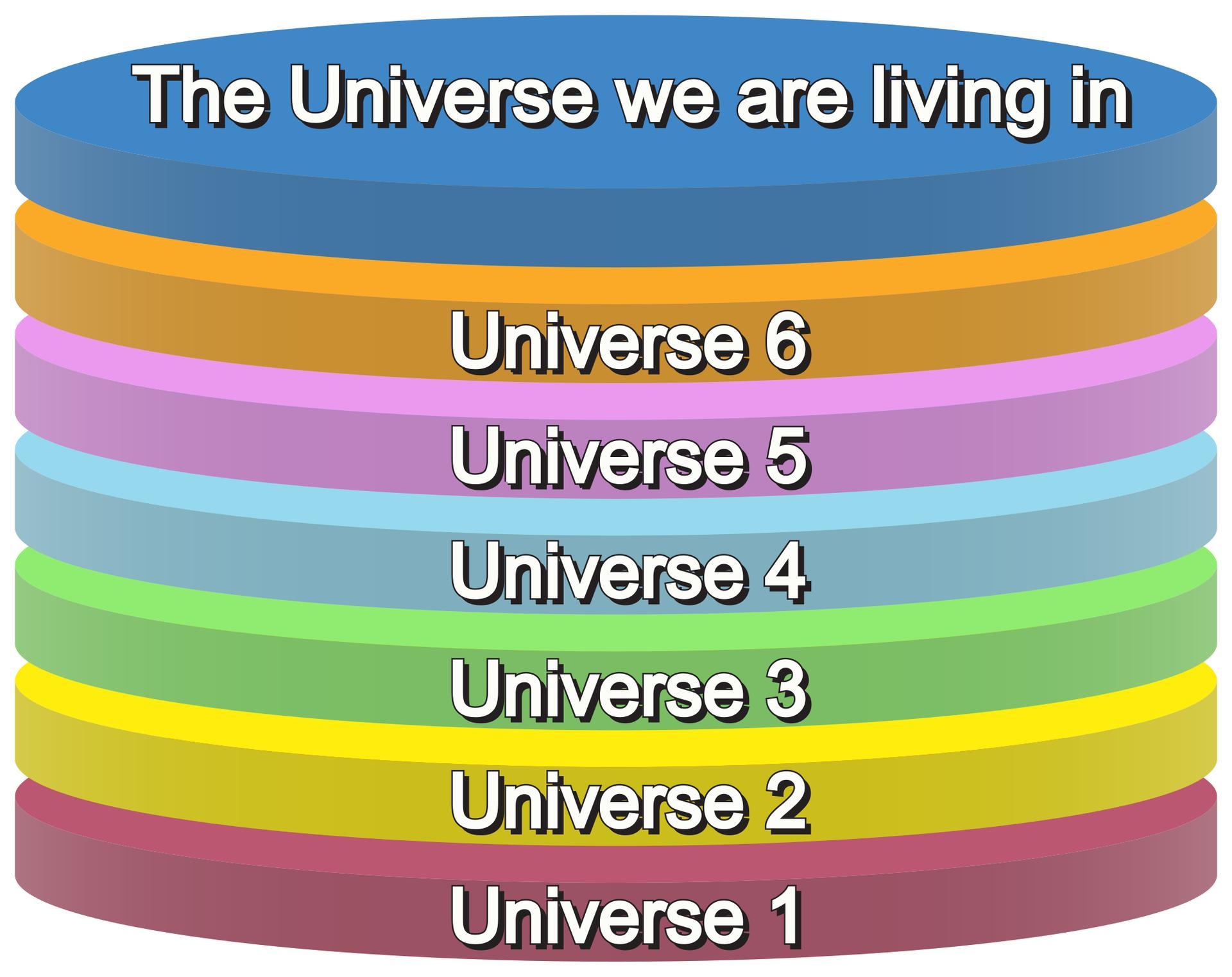
It suggests there are many universes, each one possibly with different physical laws. Think of it as a huge cosmic bubble bath where each bubble is a different universe.
Understanding the multiverse could change how we view everything from the nature of reality to the possibilities of other worlds. It’s a big idea with big implications for science and philosophy.
New Signals
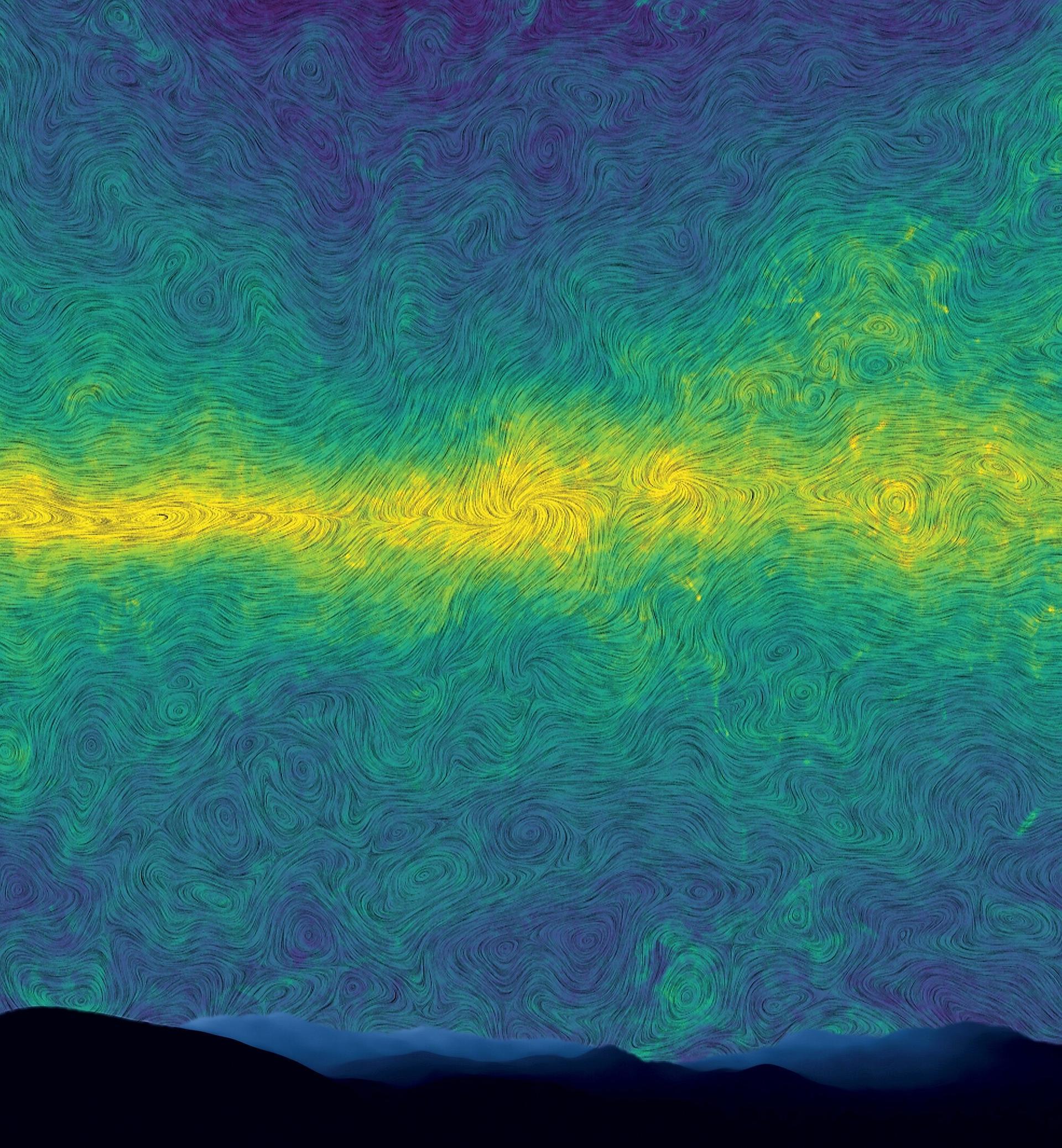
Dr. Ranga-Ram Chary found a surprisingly bright signal in the cosmic radiation. This signal was much stronger than expected, suggesting something unusual might be happening with the early universe.
While exciting, this finding needs more study to confirm if it’s related to the multiverse or if there are other explanations. Scientists are continuing to investigate these mysterious signals.
The Difficulties in Finding Proof

Proving the existence of the multiverse is tricky. It’s hard to test directly because we can’t visit other universes or see them clearly. Scientists are working hard to find indirect evidence.
Without concrete proof, theories about the multiverse remain speculative. It’s a bit like trying to solve a puzzle without having all the pieces, making it a challenging field of study.
The Tools of Science
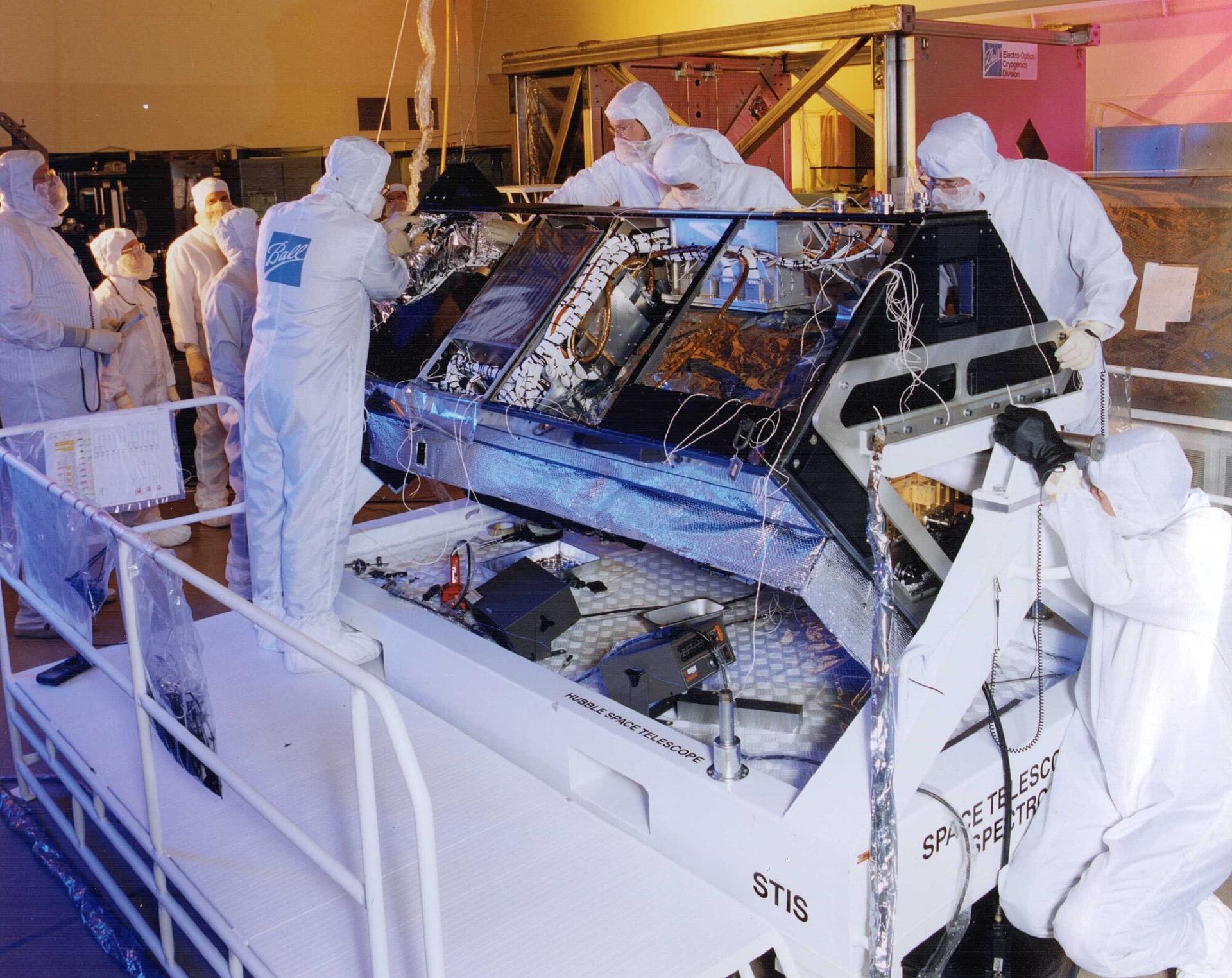
Scientists use powerful technology like the Planck satellite to study the universe. These tools help them get detailed images and data, which are crucial for exploring complex ideas like the multiverse.
Better technology means clearer images and more accurate data, which can bring us closer to finding evidence for the multiverse. It’s like upgrading from a blurry photo to a high-definition one.
Voices of Doubt
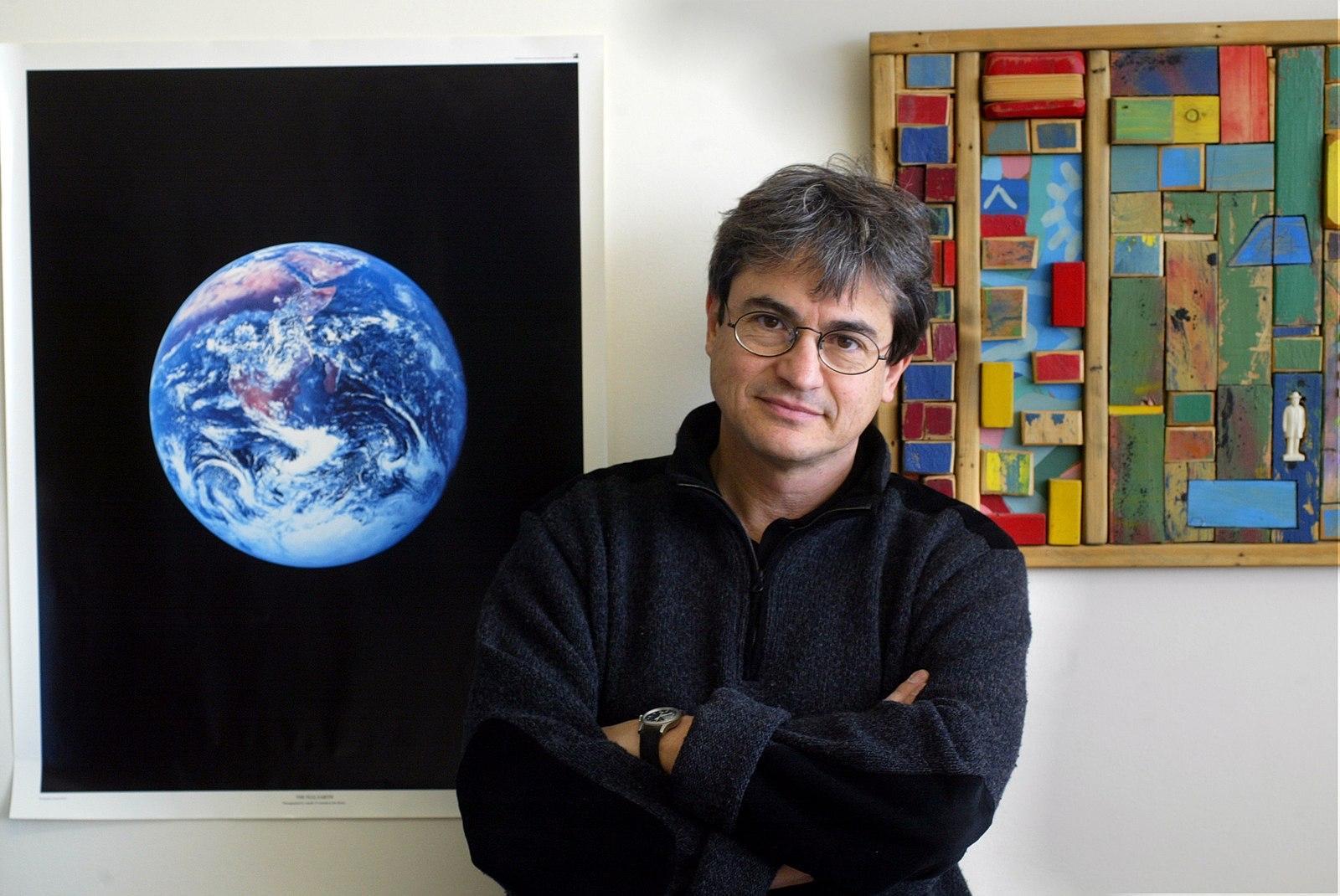
Some experts, like physicists Carlo Rovelli, argue that the multiverse theory might be more about imagination than science. They worry that without solid evidence, these theories are just guesses.
Critics say that focusing on unproven ideas might slow down real scientific progress. They stress the importance of finding concrete evidence rather than speculating on what ifs.
Multiverse in Pop Culture

The idea of multiverses has become popular thanks to movies and TV shows like Marvel’s “Doctor Strange” and “Spider-Man: Into the Spider-Verse.” These stories make the concept exciting and accessible to everyone regardless of their age or background.
Portrayals like these help people imagine and discuss the multiverse, even if it’s still a scientific theory. This widespread interest keeps the idea alive and sparks curiosity about the universe.
What’s Next?
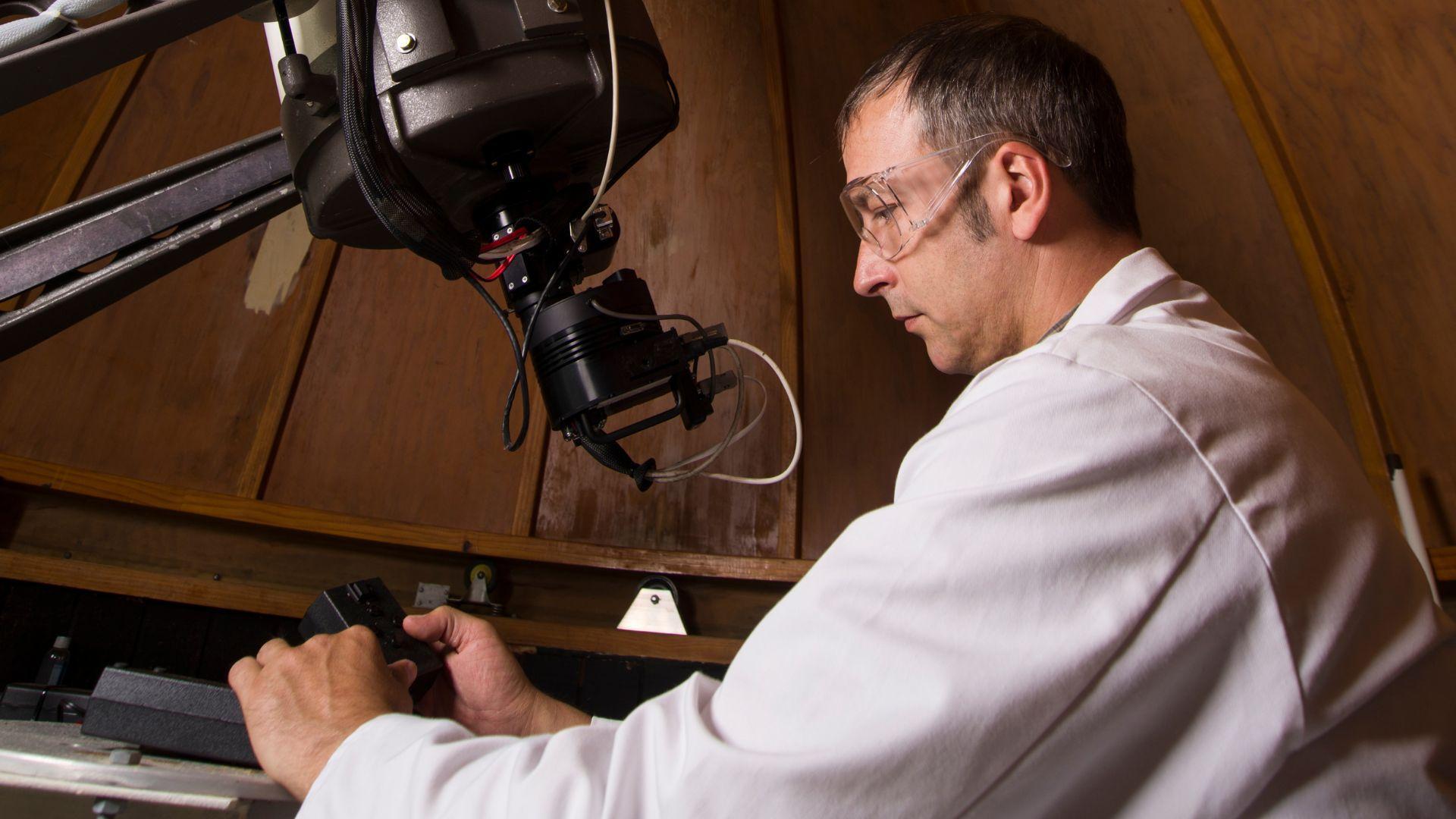
Scientists are not giving up on the multiverse. They continue to develop new methods and technologies to search for evidence. The future of this research holds our potential for groundbreaking discoveries.
As research progresses, we may get closer to understanding whether the multiverse truly does exist. Future discoveries could reveal exciting new details about our universe and beyond.
Why It Matters
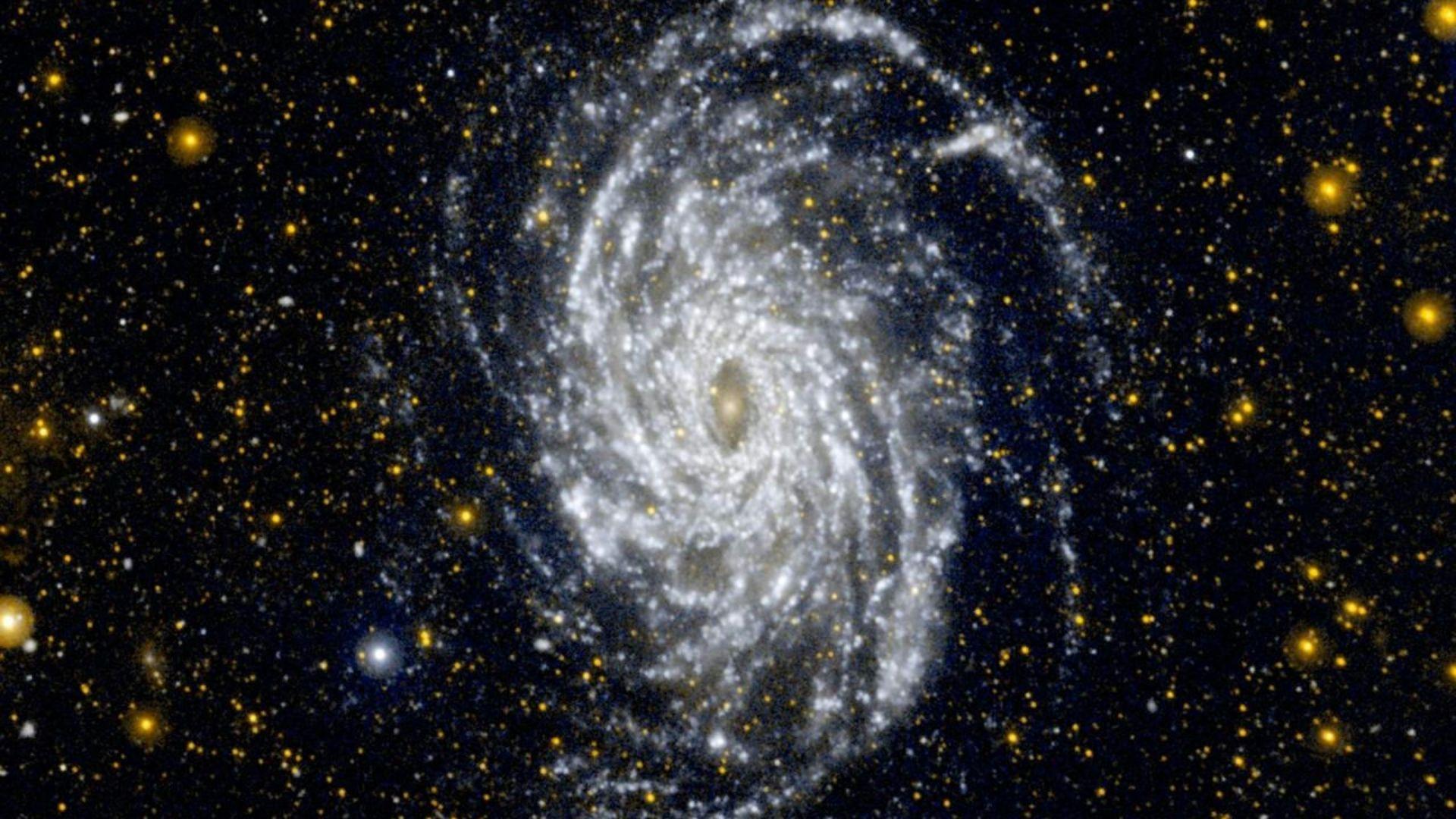
Exploring the multiverse helps us push the boundaries of what we know. It’s not just about finding other universes but also about expanding our understanding of reality and our place in it.
The search for the multiverse inspires curiosity and innovation. By asking big questions, scientists drive our quest for knowledge and inspire us to explore the many mysteries the cosmos have to offer.

